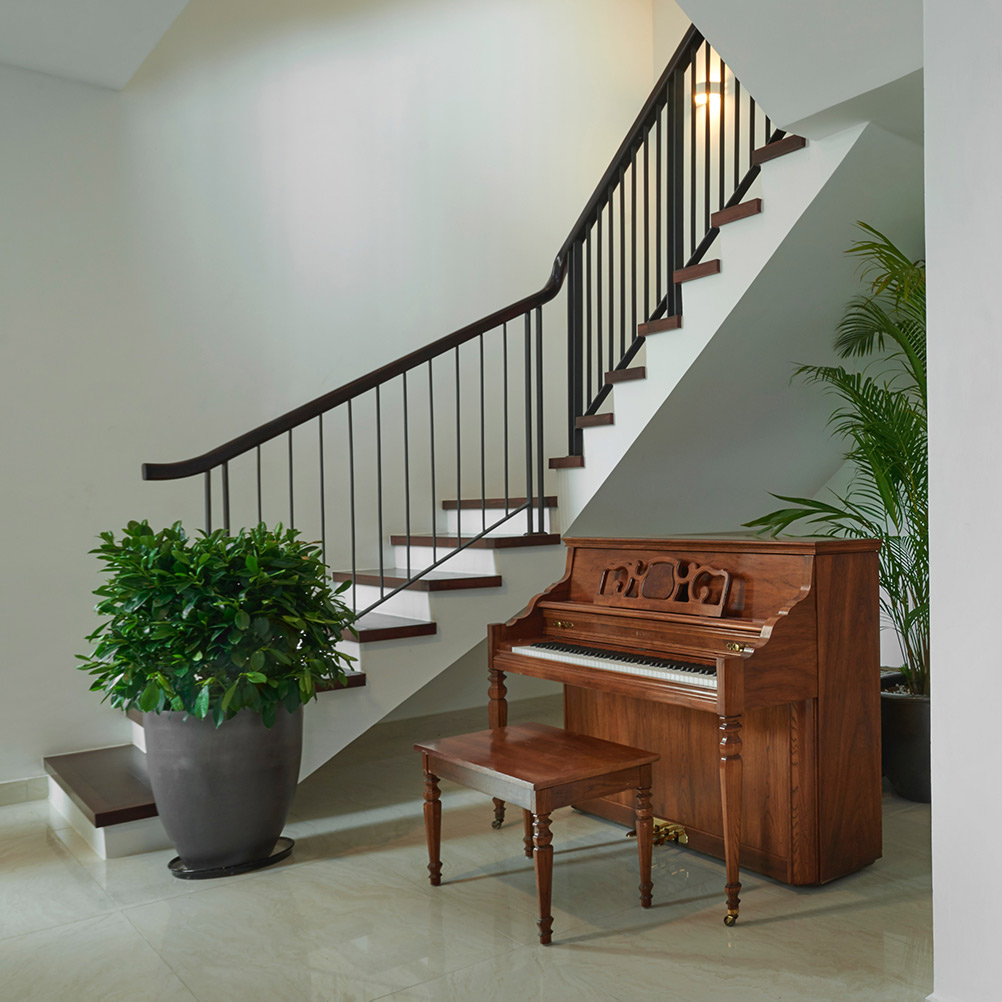When counting stairs, count from the bottom up for accuracy. Remember, stairs and steps are the same thing, and each landing counts as a step.

HOW TO COUNT STAIRS
You may think this page is funny, but would it surprise you that most people count their stairs incorrectly? It might also surprise you that most people do not know how many stairs they have in or in front of their home, and if they were to guess, they would most likely guess wrong. Stair counting is not something we normally think about. People wonder why they sometimes get charged more than what they were quoted. The number one reason is counting your stairs incorrectly. The second reason is describing your staircase incorrectly. Let’s start with some of the basic mistakes.
Staircase FAQ
- What is a staircase?
- Are steps and stairs different?
- Should I count my stairs from the top or the bottom?
- Does the landing count as a step?
- Are they going to charge me for one step?
- If they use a ramp to get over the stairs, do they still count the stairs and charge for the staircase?
- What are some common types of staircases?
What is a staircase?
A staircase is a way of access (upward and downward) consisting of a set of steps.
Note: Whether the stairs are inside or outside is irrelevant.
Are steps and stairs different?
To the mover: NO! Whenever the mover has to lift his foot to go up or down a staircase, he/she considers that a step or stair. You will hear some people argue that steps are outside and stairs are inside, and since you are quoting the number of stairs being moved over, the steps are free. This is a myth.
Should I count my stairs from the top or the bottom?
You should always count from the bottom up to the top. For some reason, people often (but not always) miscount a staircase if they are counting downward. This is usually because they forget to count the first step they are standing on.
Does the landing count as a step?
Yes, it does. It amazes me how many people like to argue this one. Remember that when counting stairs, you count how many times you have to lift your foot. It counts as a step if you have to lift your foot to get onto the landing.
Are they going to charge me for one step?
Generally not. All moving companies charge extra for moving up or down each staircase they come across in a move to cover the extra time, risk and exposure it gives them for possible damage and personal injury. You technically have a staircase as soon as you have two or more steps together in a group. While some companies may charge per step. Most moving companies will charge a flat rate for each staircase they encounter and only charge for staircases with a certain number of stairs or more in them. For most companies, this magic point is 5 steps. For example, if you have 5 or more steps or stairs together in a group, they consider this a billable flight of stairs. If you have 4 or less, they will let it go and not charge anything. This varies from company to company.
Major Don’t: If you are on the border of this transition point, never say to the mover, “Why are you charging me for one more step?” He/she is billing for five or more steps (stick to the facts), which is a big deal to the mover. When you add one step into a move, you increase the odds of damage occurring in your move by at least four times. Just because he/she is a good mover and makes the job look easy to you does not mean it was. Remember, you are paying for the mover’s expertise to overcome this obstacle safely. That is why you hired them!
If they use a ramp to get over the stairs, do they still count the stairs and charge for the staircase?
Absolutely. You are paying to get your item over a major difficulty in your move. Most movers do not have this type of equipment and generally show up with a few moving pads. Hopefully, a dolly and have to manhandle your item over every obstacle they encounter. Ramps and special stair climbing equipment for getting over staircases are very expensive; this charge helps pay for this equipment and the setup time involved. If you are fortunate and/or wise enough to hire a mover that uses this type of equipment, you must remember that they have just reduced the odds of damage in your move. They probably have also saved you money by reducing the number of people required to perform your move safely. I cannot tell you how many stories over the years I have heard of household movers that require 4-6 movers to move a piano, whereas 2-3 professional piano movers are only really required.
What are some common types of staircases?
Here are some: Straight Flight of Stairs, Straight Flight with a tight turn at the top or bottom, Flight of stairs with a turn in it, Flight of stairs with a pie shape turn in it, Spiral Staircase, and Staircase with a curve in it. Here’s our article on how to describe stairs.
